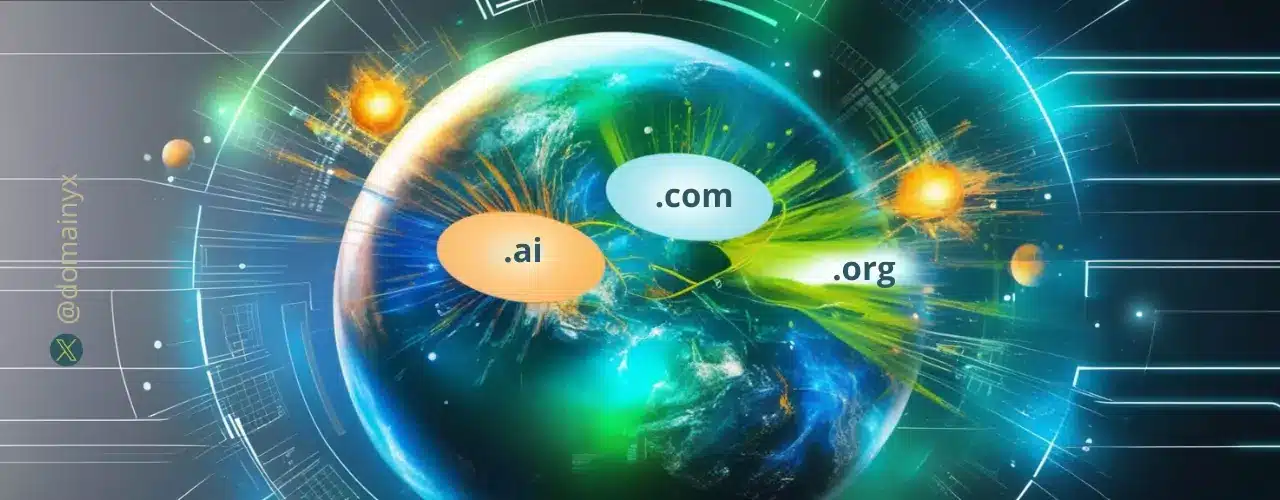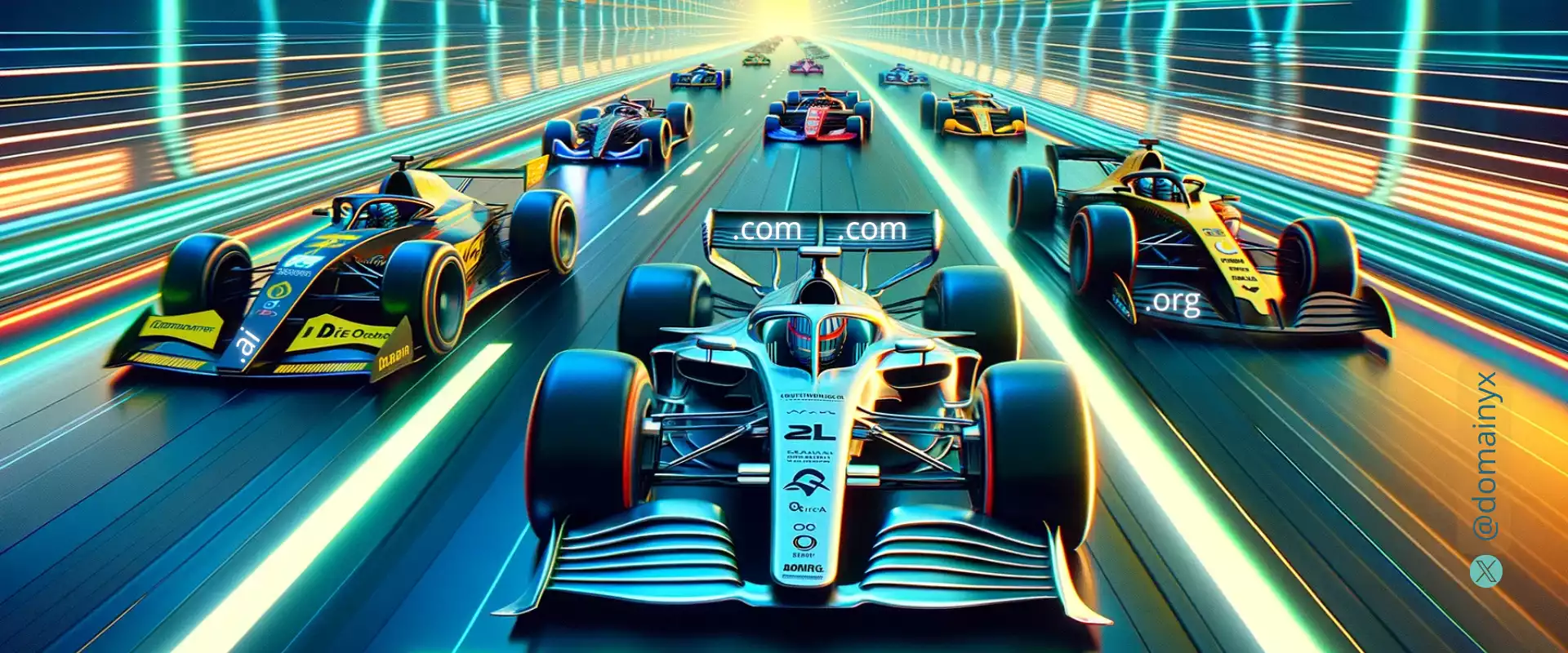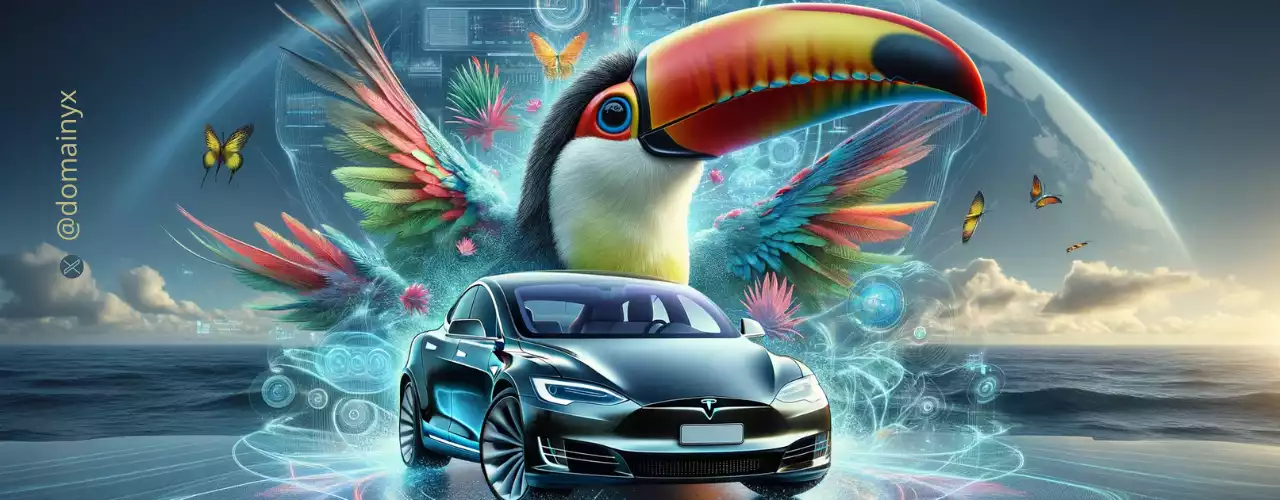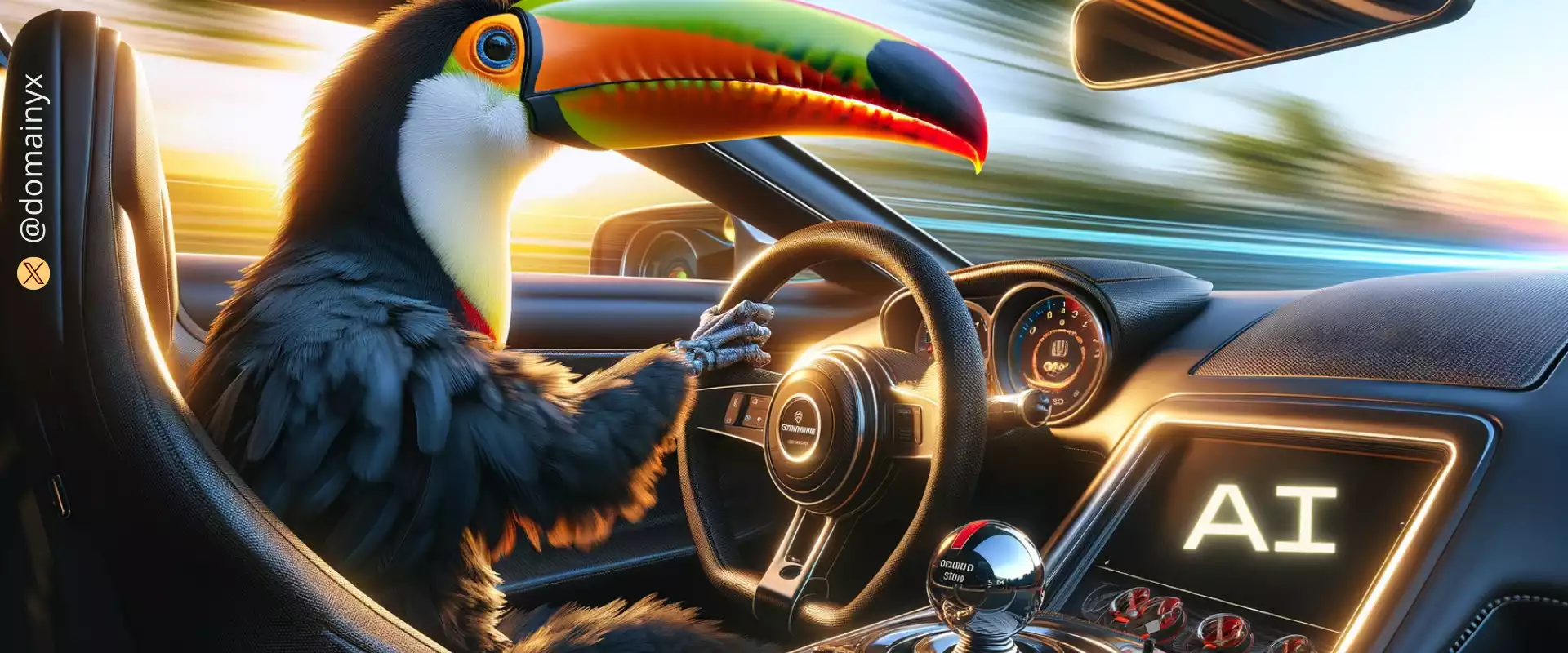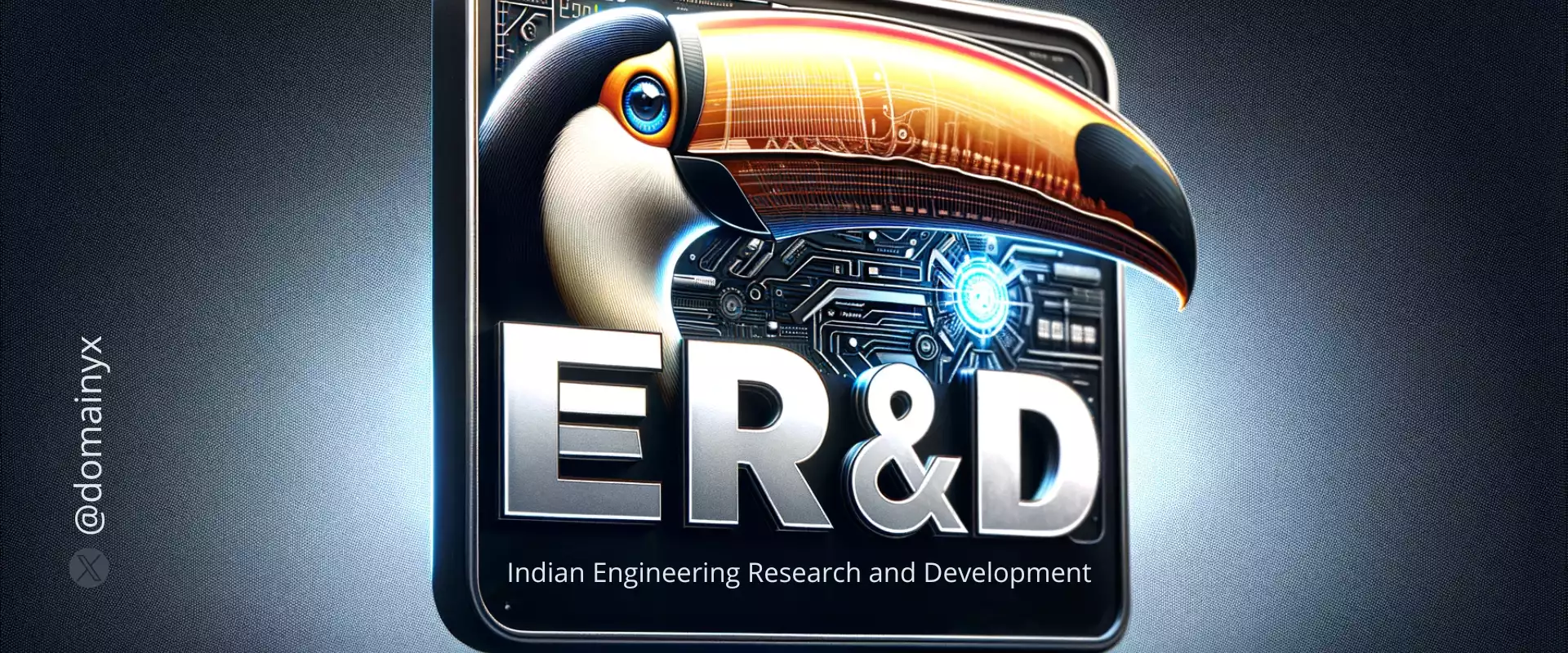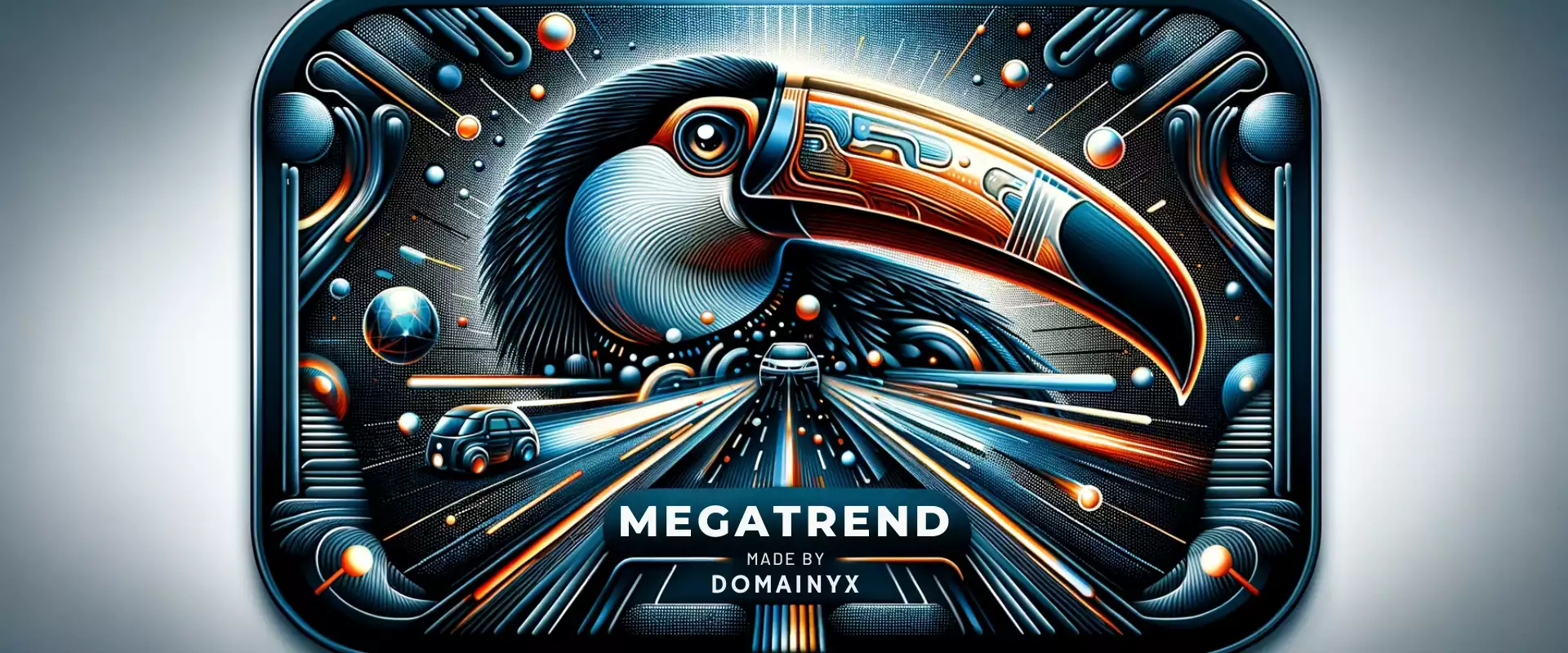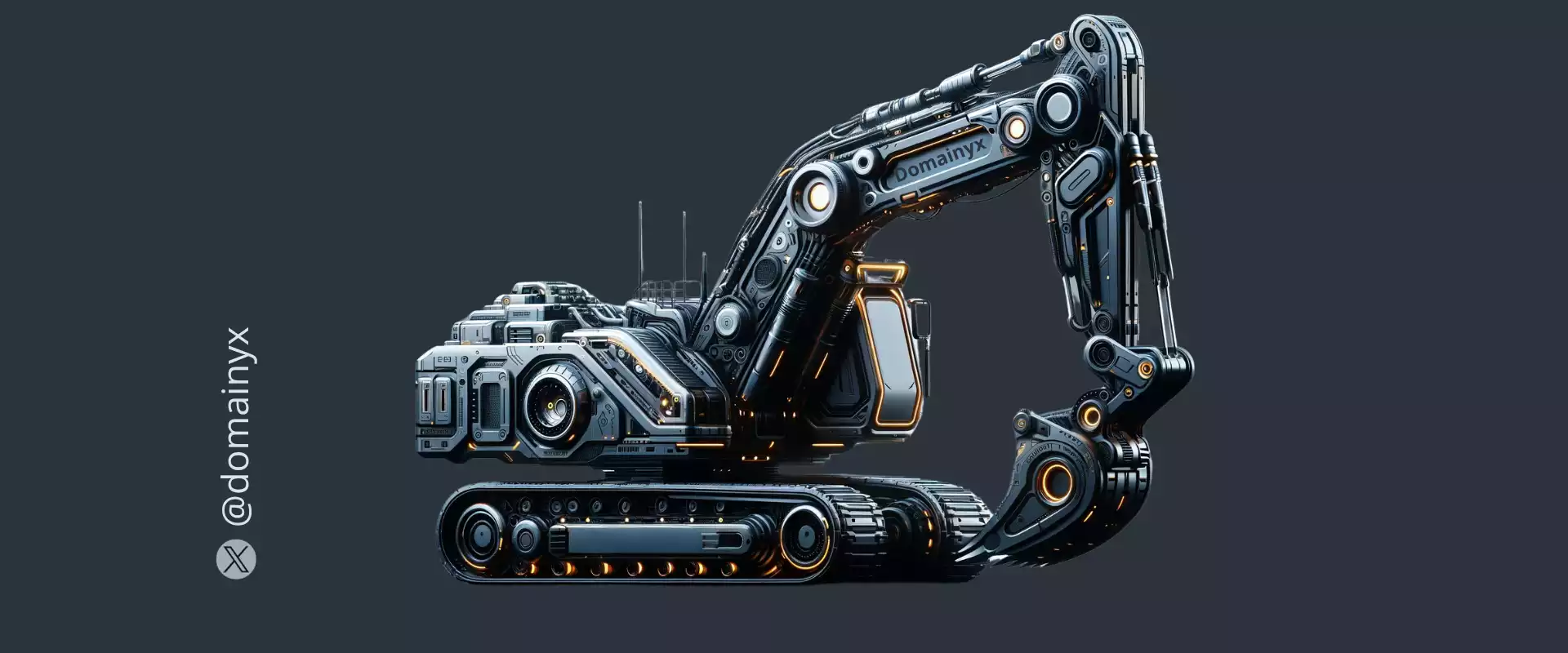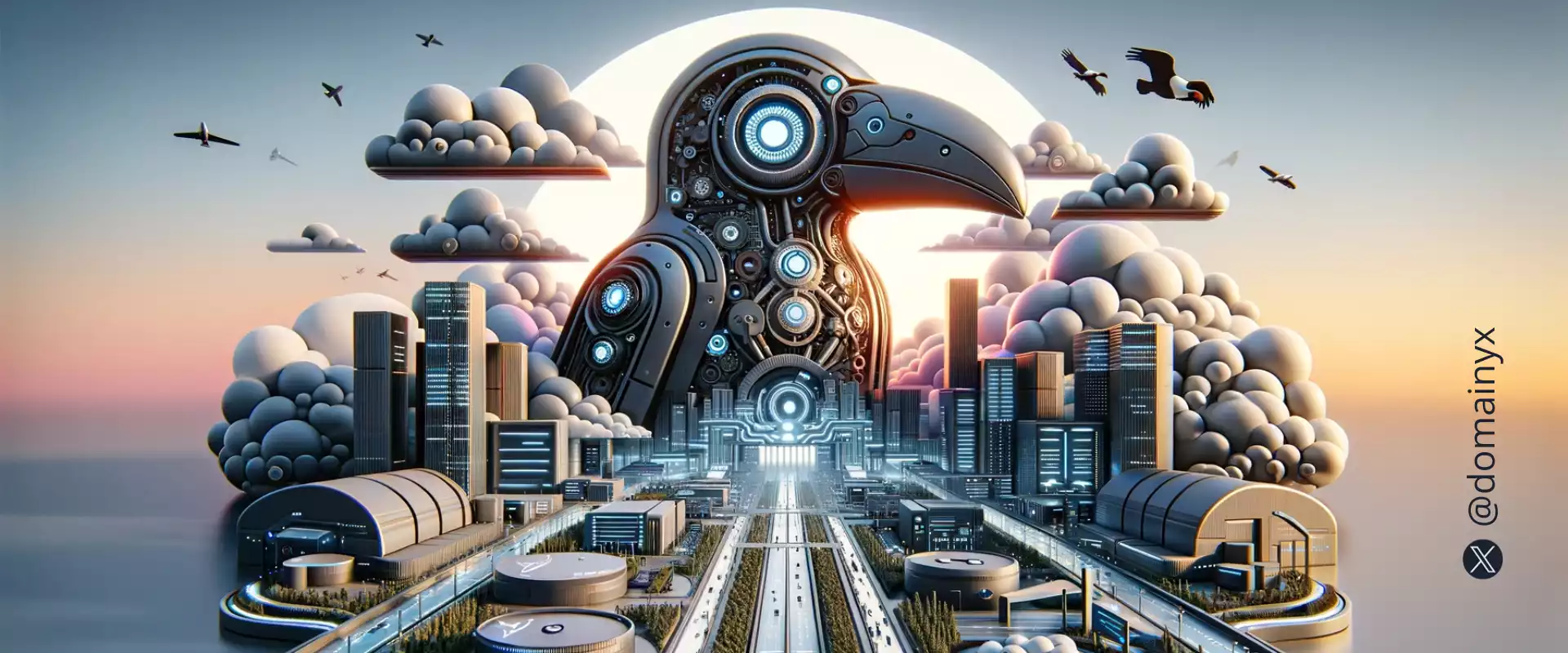Driverless
"Driverless" refers to the concept of self-driving or autonomous vehicles that can navigate and operate without direct human control. This innovative technology leverages advanced systems such as Artificial Intelligence (AI), machine learning, sensors, cameras, LiDAR (Light Detection and Ranging), and GPS to perceive the environment, make decisions, and control the vehicle's operations.The potential of driverless technology is vast and could revolutionize the transportation industry in several ways:Safety: Human error is a leading cause of road accidents. Autonomous vehicles can potentially reduce accidents significantly by removing this factor, as they're designed to strictly follow traffic rules and can react faster than humans.Efficiency: Driverless vehicles can optimize routes, reduce traffic congestion, and increase fuel efficiency, leading to less wasted time and lower emissions.Accessibility: Autonomous vehicles could provide mobility solutions for people who are unable to drive, such as the elderly or those with certain disabilities, offering them greater independence.Cost Savings: The cost savings from reduced accidents, improved fuel efficiency, and the potential for shared autonomous vehicles could be substantial.Productivity: Without the need to focus on driving, passengers could use their travel time more productively, for work, relaxation, or entertainment.Driverless technology could have wide-ranging applications:Personal Transportation: Self-driving cars could become a common sight on public roads, changing how we commute and travel.Public Transport: Autonomous buses or shuttles could be used in public transport networks, providing frequent and reliable service.Commercial Transport: In the trucking industry, autonomous trucks could drive longer hours than human drivers, improving efficiency and reducing delivery times.Ride-Hailing Services: Autonomous taxis or ride-hailing services could provide convenient and cost-effective transportation.Despite its enormous potential, there are several challenges to overcome before driverless technology can be fully integrated into our transportation systems. These include technological hurdles, regulatory issues, infrastructure needs, and public acceptance.In summary, driverless technology represents a significant breakthrough with the potential to transform our transportation systems, improve safety, increase efficiency, and provide new mobility solutions. As advancements continue in AI, sensor technology, and machine learning, the future of driverless technology looks promising, opening up exciting possibilities for individuals, businesses, and societies.
Secure Your Future with VIP Domains: Invest Now!
Unlock the potential of VIP domains and secure your digital future! Premium domain names, like 0.vip, recently sold for $50,000, showcase immense investment opportunities. These high-value transactions highlight the lucrative potential of domain investments. Join us as we explore the thriving market of VIP domains and discover how you can capitalize on this digital goldmine. Seize the opportunity to turn a simple URL into a pathway to financial success and digital supremacy!
Tesla’s FSD Beta v12 – A New Era of Smart Driving
Tesla's FSD Beta v12 marks a new era in smart driving, much like the evolving domain market. As cars steer towards AI-driven autonomy, opportunities in domain investing grow. Like Tesla's innovative leap, domain trading offers a parallel path to financial success. Embrace this tech revolution and explore the potential in domains, where AI's advancement in vehicles reflects the lucrative shifts in digital real estate. Join this journey of smart driving and smart investing, unlocking new avenues of profit.
Revving Up: Domains in the Autonomous Vehicle World
In the autonomous vehicle world, domains like Driverless.com.br are key to market dominance. This sector, blending cutting-edge tech with digital savvy, highlights how domain names are crucial for a solid online presence. It's not just about the technology; it's about owning the right digital real estate, like Driverless.vip, to connect innovations with users. This chapter underscores the parallel between autonomous vehicle advancements and the lucrative potential of domain trading. Tap into this trend; your gateway to success in this tech-driven arena is strategic domain name investment.
ER&D in India: Ushering a New Auto Era
India's ER&D sector is revolutionizing the auto industry, much like the domain name market. As we dive into this growth story, the parallel to profitable domain trading becomes clear. With India's rise in automotive innovation, opportunities in domain investments, especially in auto-centric digital spaces, emerge. This isn't just a tale of technological progress; it's a hint at the lucrative possibilities in domain trading within the burgeoning auto sector. Join this journey of innovation and potential financial success!
The Softwarization Era: A New Chapter in Autos
Autos are evolving; "softwarization" is the game-changer. This pivotal shift from mechanics to software in vehicles mirrors the dynamism in domain trading. As cars become smarter, integrating AI and machine learning, similar to the rise of valuable domains, the potential for profit in both sectors is evident. This chapter in automotive history isn't just about advanced technology; it subtly hints at parallel opportunities for savvy investments, much like domain name trading.
Autonomous Mastery: A New Era in Construction
The ETH Zurich's autonomous excavator, capable of building a six-meter-high dry stone wall, marks a new era in construction technology, blending robotics with autonomy. This innovation isn't just a leap in engineering; it opens up avenues for strategic investments, including domain names related to autonomous construction technology. As this technology redefines the construction industry, domains associated with it become valuable assets, offering a chance to capitalize on this groundbreaking shift. Investing in such domains presents a unique opportunity to profit from the transformative power of autonomous technology in construction, showcasing that in this new era, financial success can be built as innovatively as a robotic wall.
Megatrend in Motion: The Revolutionary Path of ADAS
As we explore the transformative path of Advanced Driver-Assistance Systems (ADAS), it's clear that this megatrend isn't just shaping the future of driving, but also opening avenues for savvy investments. The evolution from driving aids to semi-autonomous functions highlights the lucrative potential of domains related to automotive technology. With countries like India leading in software advancements for ADAS, the opportunity for financial growth in this sector is immense. Investing in relevant domains could lead to significant returns, mirroring the industry's shift towards innovative, software-driven automotive solutions. This chapter on ADAS is more than just an insight into automotive technology; it's a gateway to potential wealth in the evolving world of…
Embracing Softwarization: A New Era in Automotive Tech
The dawn of automotive softwarization marks a revolutionary shift in the industry, where software becomes the core of vehicle design. This transformative era opens up lucrative opportunities, not just in car manufacturing but in strategic investments like domain names related to automotive technology. As India emerges as a key player in this global change, the potential for financial success in this sector grows exponentially. Investing in domains related to automotive tech could lead to significant gains, mirroring the industry's shift from mechanical to digital excellence. This new era isn't just about the evolution of cars; it's about seizing the opportunities that come with this digital transformation.
Embracing ADAS: The New Wave of Automotive Excellence
Dive into the world of Advanced Driver-Assistance Systems (ADAS) and automotive softwarization, a sector where strategic domain names like Driverless.com.br and Driverless.vip are not just digital addresses, but gateways to financial success. This series unveils the transformative journey of the automotive industry, emphasizing the power of softwarization and the strategic importance of domain names in establishing market dominance. As we explore this technological revolution, it becomes evident that investing in the right domain names can be as impactful as the innovations themselves, offering lucrative opportunities in the burgeoning world of autonomous vehicles.
Pareto Principle: A New Vision For Driverless Advancements
In the rapidly evolving field of autonomous vehicles, the Pareto Principle offers a strategic approach to maximizing efficiency and innovation. This principle suggests focusing on the most impactful 20% to yield 80% of the results, a tactic that could be pivotal in the driverless technology market. In this digital era, domain names like Driverless.com.br and Driverless.vip become more than just web addresses; they're strategic assets in the AV sector, potentially unlocking significant market presence and brand identity. Embracing this focused approach could pave the way to significant advancements and profitability in the autonomous vehicle industry, demonstrating the power of strategic investment and vision in the digital domain market.

